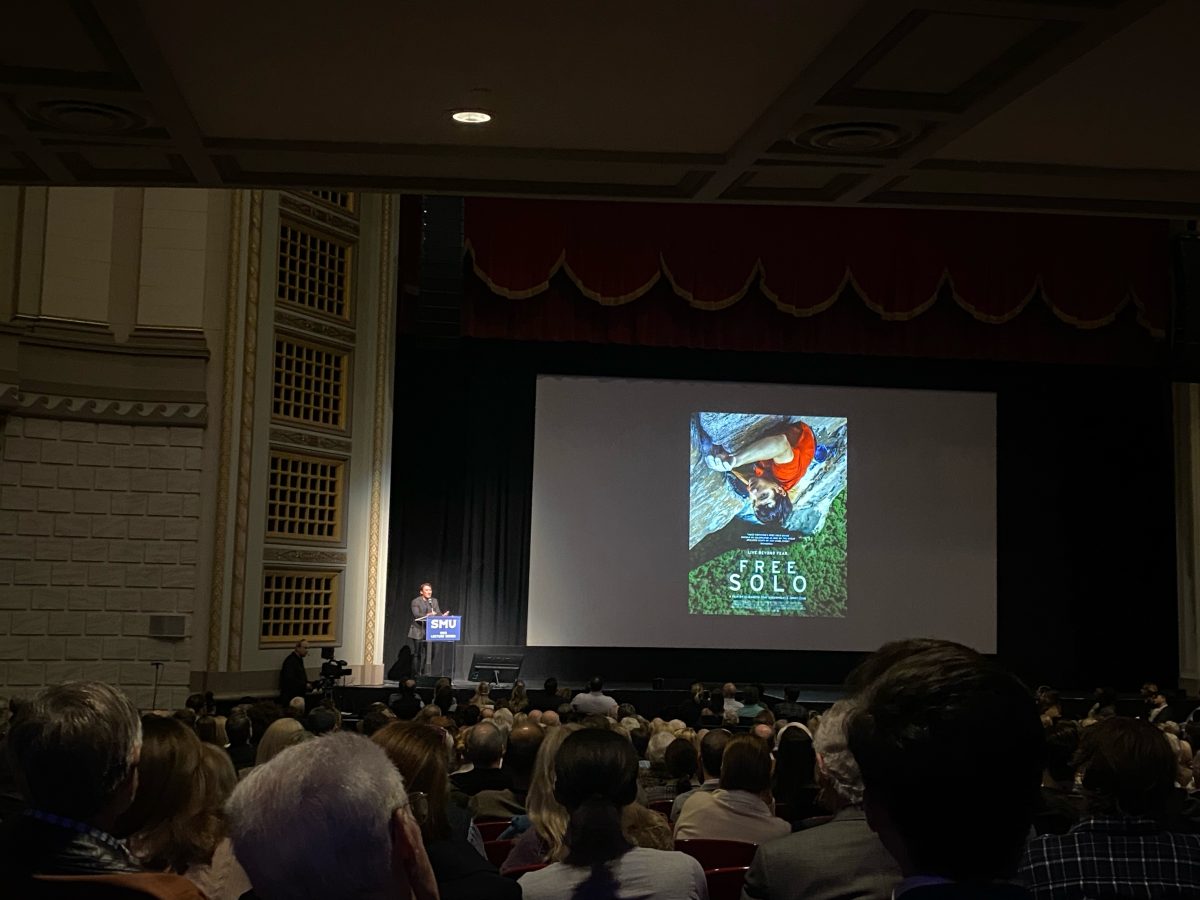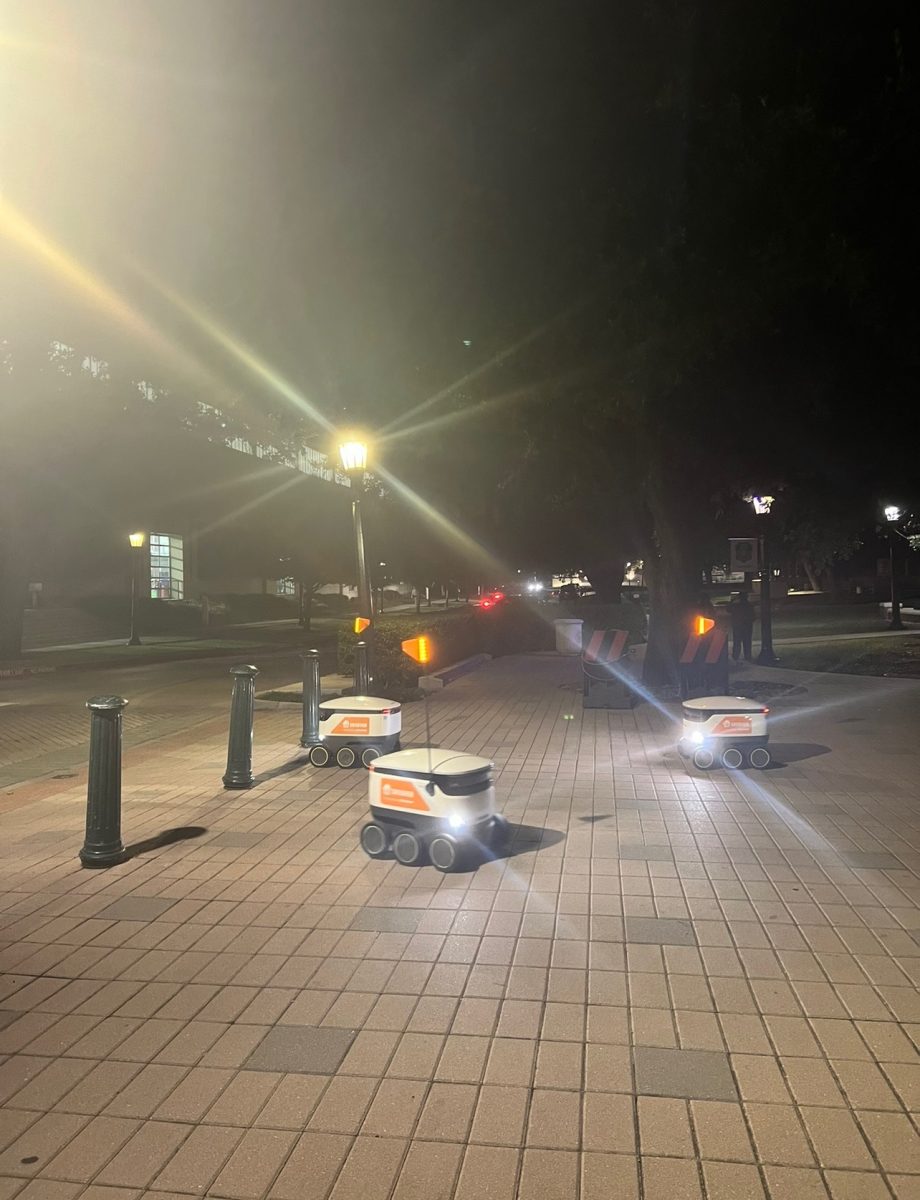
Not getting enough sleep is a struggle for every college student in America. Whether it’s due to studying all night or hanging out with friends, its seems like some people are just perpetually tired.
Everyone knows what not getting enough sleep does to your body – we’ve all experienced it before. People typically experience a decrease in critical thinking, memory, and a sleepy heaviness throughout the body.
There are two types of sleep, REM (rapid eye movement) and non-REM cycles. When people sleep, they enter non-REM sleep followed by a short period of REM sleep.
The non-REM cycle consists of four different stages.

The first is almost like a sort of daydreaming stage. In this stage, the eyes are closed and the body is relaxed. However, people are also easily awaken – there have been studies comparing this stage to meditation and even day dreaming.
The second stage is characteristic of muscle relaxation and sleep spindles. Sleep spindles are a series of rhythmic brain activity. This activity is displayed as peaks and valleys in polysomnographic readings. The body then prepares to enter a phase of deep sleep.
The third and fourth stages are both stages of deep sleep. People who sleep walk typically do so during this time. A study on brain waves show that peoples’ brains produce delta waves during these two phases of sleep. These delta waves are different from the spikes in the second stage; the delta waves are much less rapid.
The REM cycle is when people dream. It is named the rapid eye movement cycle because peoples’ eyes flutter. Respiration rate is increased as well as brain activity.
Although sleep is divided into cycles and stages, it does not always progress sequentially. The first time through the cycle, people go through stages one through four of non-REM sleep numerically. After the fourth stage, instead of progressing onto REM sleep, many people go back to repeat the second and third stages before moving onto the REM cycle.
The REM cycle starts typically after 90 minutes of sleep rather than after a certain phase in the non-REM cycle. Many people base their methods of sleep off of this 90 minute cycle, as waking during the third and fourth deep sleep stages of the non-REM cycle often lead to drowsiness throughout the day.
The difficulty with getting multiple 90-minute REM cycles throughout the night is that college student’s scheduling can be very sporadic.
Sleeping once each day is called a monophasic sleep pattern. This pattern has many full REM cycles and a complete monophasic sleep (typically 8-9 hours) is what most people do.
However, there has been a new trend in biphasic and polyphasic sleep cycles.
These are based on the science behind deep sleep and REM cycles. The most crucial part of sleep are the third and fourth stages of the non-REM. By timing sleep to minimize the less necessary parts of sleep and maximize the crucial deep sleep, people are able to feel just as rested with less time actually asleep.
The biphasic sleep cycle is most similar to a monophasic sleep. The difference between them is that in the biphasic sleep cycle, the longer nighttime sleep is cut down significantly and a nap, typically an hour and a half or one REM cycle, is inserted in the afternoon.
A polyphasic sleep schedule is based on the fact that people are able to “trick” their bodies into entering the phases of deep sleep much faster when they feel tired. This way, they can have short 30-minute naps many times throughout the day and night in order to achieve the same feeling as one long monophasic sleep.
For college students, adjusting to any different kind of sleep schedule is difficult, especially because the human body is resistant to such a drastic change. It’s best to adjust over a long break. Many people and bloggers have had success with the biphasic sleep cycle and more limited success with the polyphasic sleep cycles.
However, for college students who are struggling to get the full amount of sleep every night and still can’t find enough time to do everything, biphasic and polyphasic sleep patterns might just be the answer.







